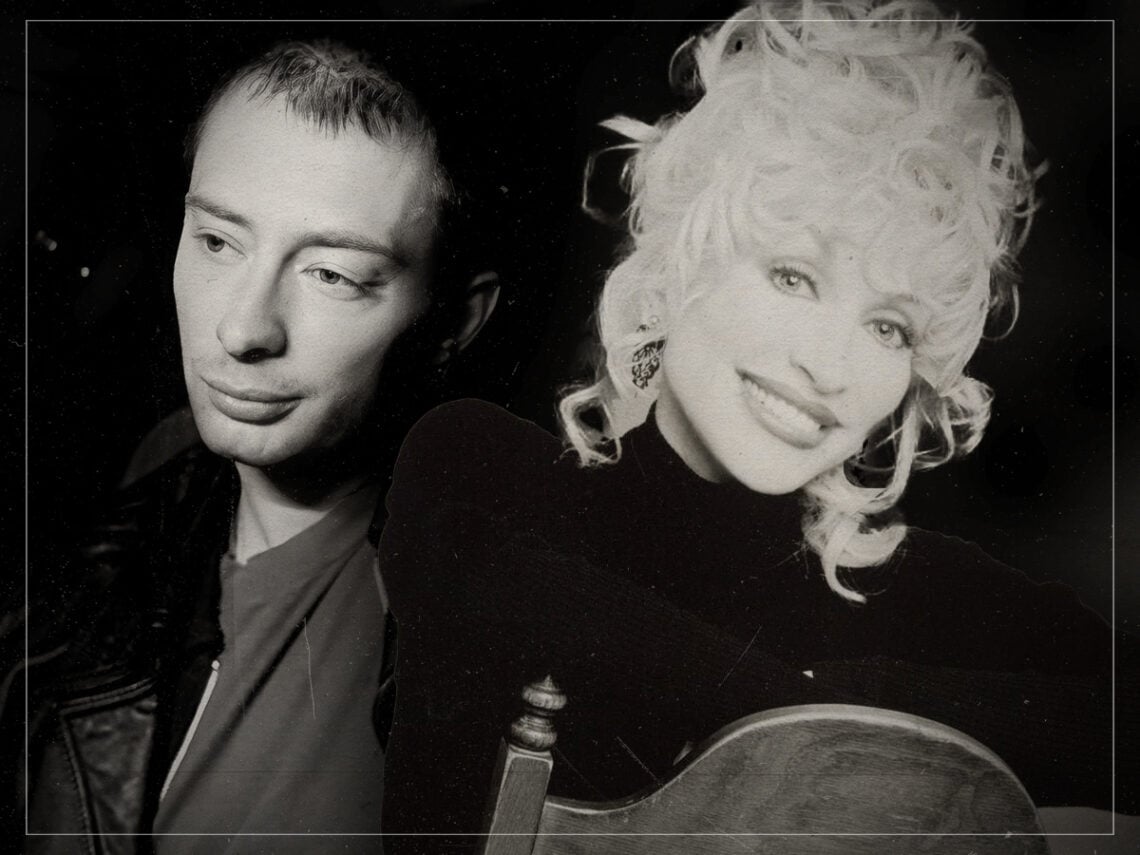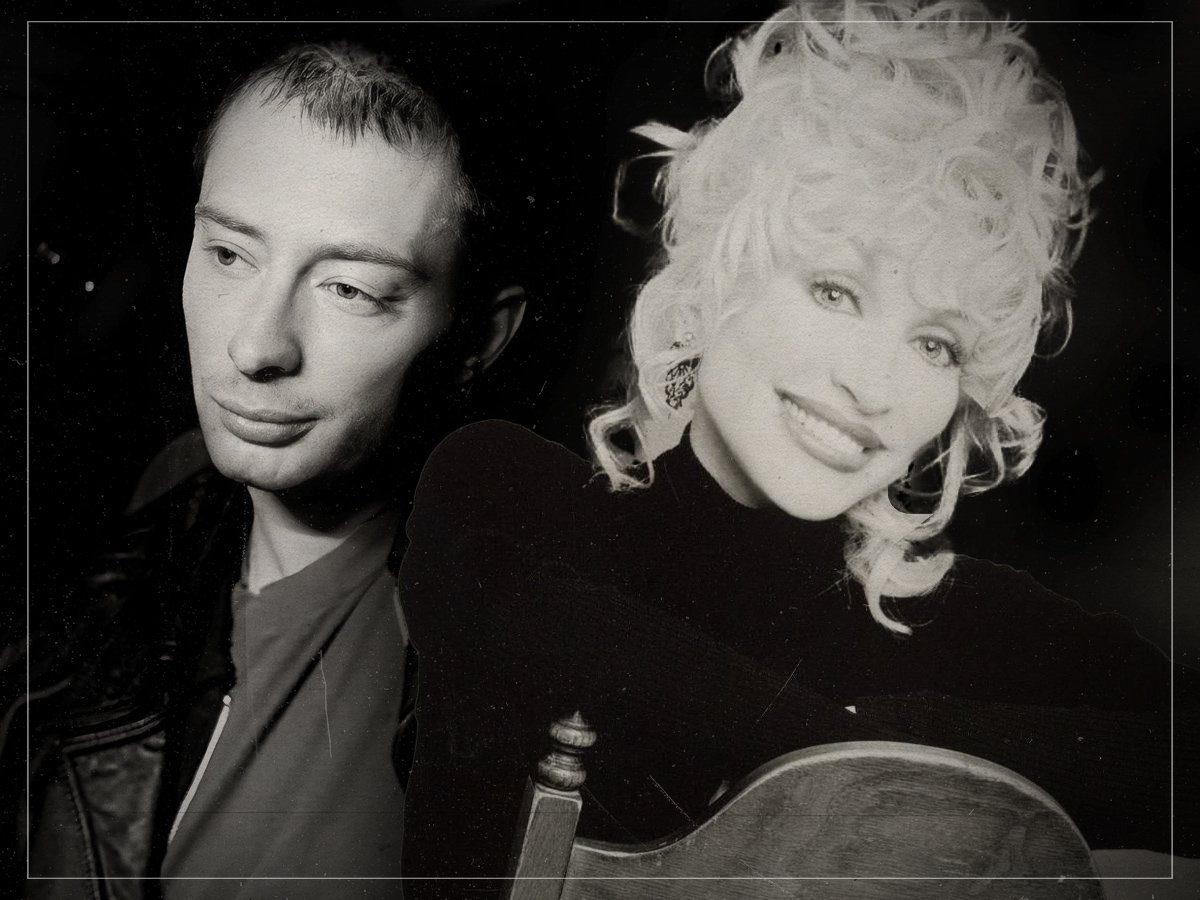
(Credits: Far Out / YouTube Still / Matthew Barnes / Blue Eye Records / Sugar Hill Records / Libr…
Thu 9 October 2025 21:00, UK
There are some songs that are impossible to describe, or, as Randy Newman once put it, ones that “don’t hold up to analysis”. This just makes them even more endearing – just ask Thom Yorke and Dolly Parton.
One of their favourite ever songs, written by Neil Young, is exactly like this. And the funny thing is Young struggles to describe it, too, or even explain what it’s about. But that’s probably because it also came during a time when he was experiencing intense writer’s block.
In 1969, Young experienced that familiar sense of malaise. He’s unsure of which direction to go in, when he comes across a script for a movie starring Dean Stockwell. The screenplay never made it to the screen, but Young was so entranced by the story – a sci-fi doom epic about California before it gets destroyed – that he ended up writing a song about it.
On the surface, that’s why ‘After the Gold Rush’ is almost always loosely described as an “environmental” song. A common through line in Young’s songs, these factors formed the basis of a broader commentary on a place that was no longer what it once was, in literal ways and in figurative ways. When Young looked outside of his window, all he could think was “the way this place looked a hundred years ago”.
The song eventually morphed into its own beast. Across three verses, Young narrates through the Middle Ages, the present, and the apocalypse. The end scene captures a rapture-esque intervention in which some are chosen to ascend from Earth, and some have to stay behind. As Young later explained, “There’s the future… the air is yellow and red, ships are leaving, certain people can go and certain people can’t.”
Funnily enough, though, Young once claimed he didn’t know what the song was about at all. Recalling a moment during the recording of Trio II, in which she covered the song with Linda Ronstadt and Emmylou Harris, Dolly Parton said: “I didn’t know what the song meant. Linda and Emmy knew Neil, so we called him and asked him. He said, ‘I have no idea.’ I thought that was so funny.” She also called it one of her favourite songs ever, a sentiment shared by Radiohead’s very own Thom Yorke, who picked out the song during his episode of Desert Island Disks.
Randy Newman also became endeared to the track, calling it one that evades easy description because it takes a complicated concept and makes it simplistic. Countless others, including Patti Smith, have also taken the song to suit that familiar balance between holding onto hope for something while also acknowledging how dire the world is – a Patti Smith staple. “It has a sense of optimism, but it’s also at a cost,” Smith said.
Ronstadt, too, heard the song and immediately became endeared to Young’s “uncanny prescience” in his storytelling. But the best part of the song isn’t the sci-fi element or how much it still holds up when looking at the state of the world. It’s that there’s this dissonance about it that makes you wonder what it’s actually about, even though Young’s explanation is right there.
Related Topics

